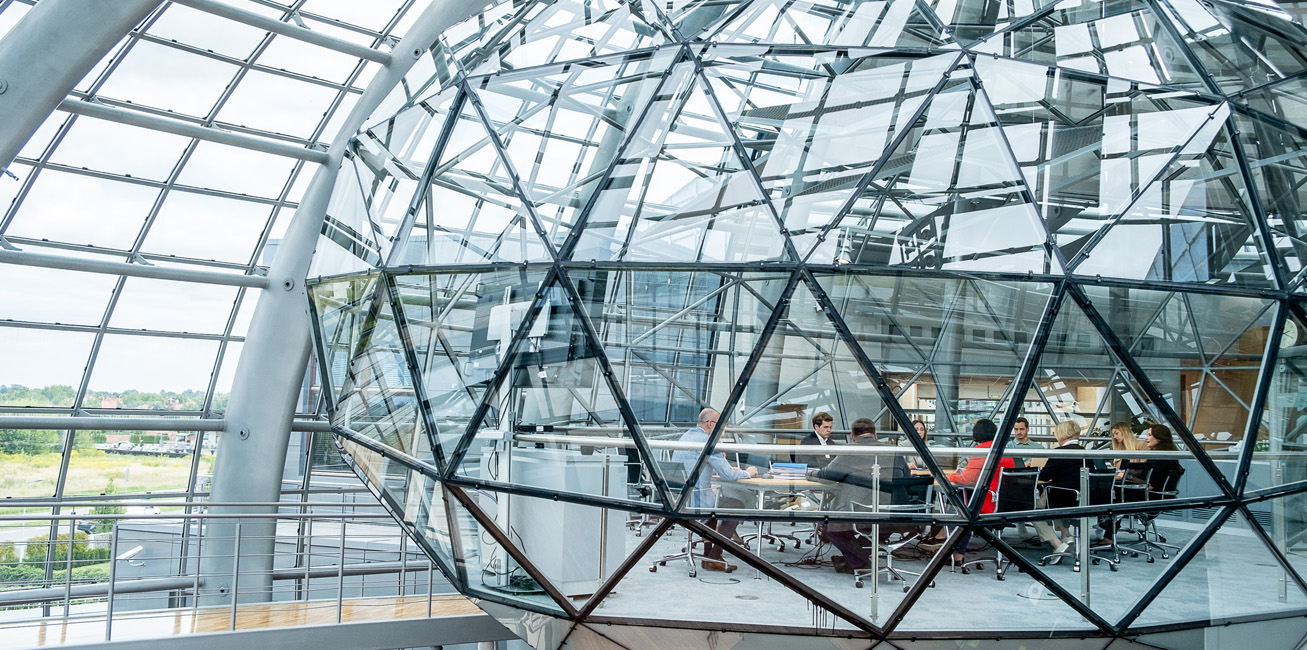We are proud to once again present to you the report on PSE's impact on the economic, environmental and social development of our country. This is already the eighth social report our organisation has produced, and the sixth report which is integrated and published in an interactive version. The publication presents financial and non-financial data in an integrated manner, enhanced with calculations of the company's impact on the economy, the public finances, the society and the natural environment.
Impact reporting is a disclosure of complete, reliable and transparent data to stakeholders on the company's economic, market, social and environmental impact.
The information is compiled based on selected impact indicators, Global Reporting Initiative Standards (GRI) and our own standards, using the indicator calculation methods and taking into account the market situation.
The main objectives of this publication are to show the challenges faced by PSE and the entire power sector, especially those related to energy transformation, and to present the measures taken by the company to face these challenges, in particular with regard to implementing new and continuing the current strategic lines and initiatives. We also wanted to show the scale of the PSE's impact on the social and economic environment, to meet the expectations of stakeholders in terms of presenting the expected financial and non-financial issues, and to increase the transparency of our company.
